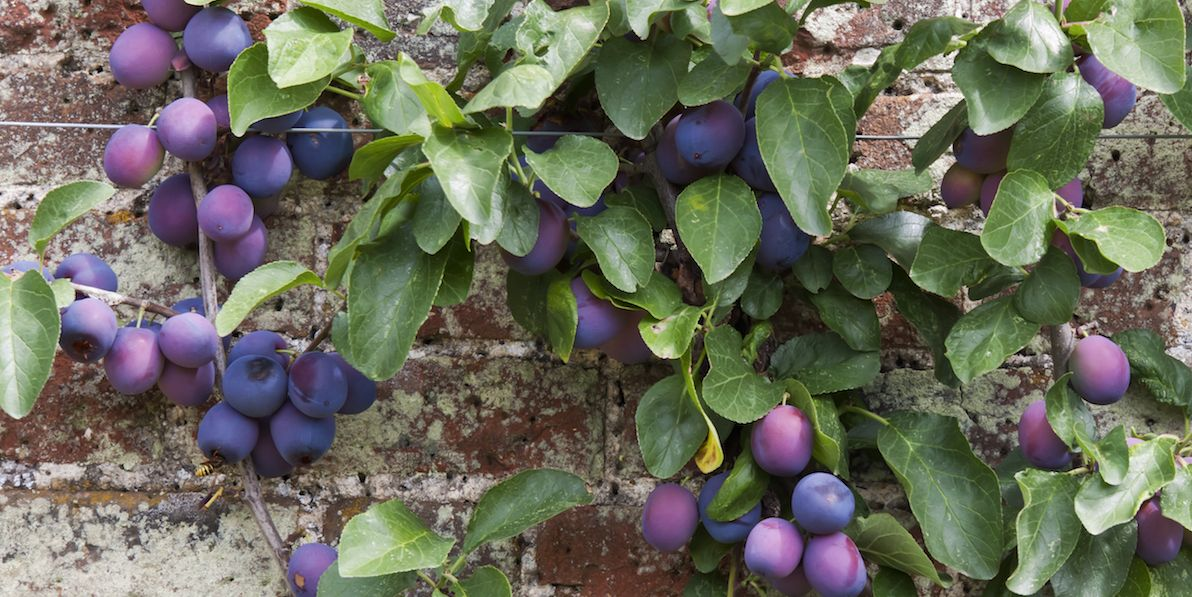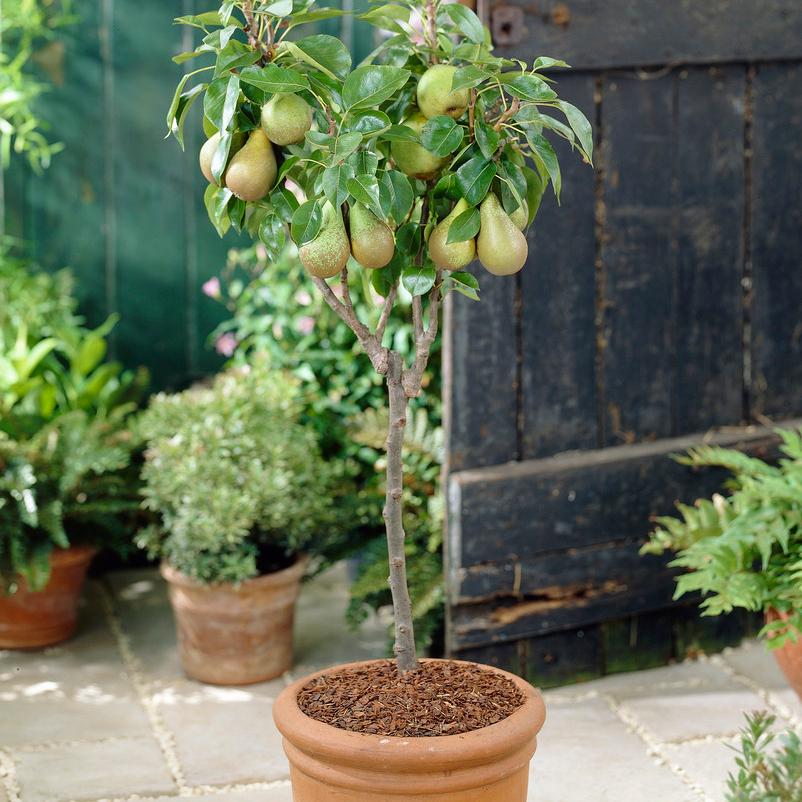'Victoria' Plum Tree

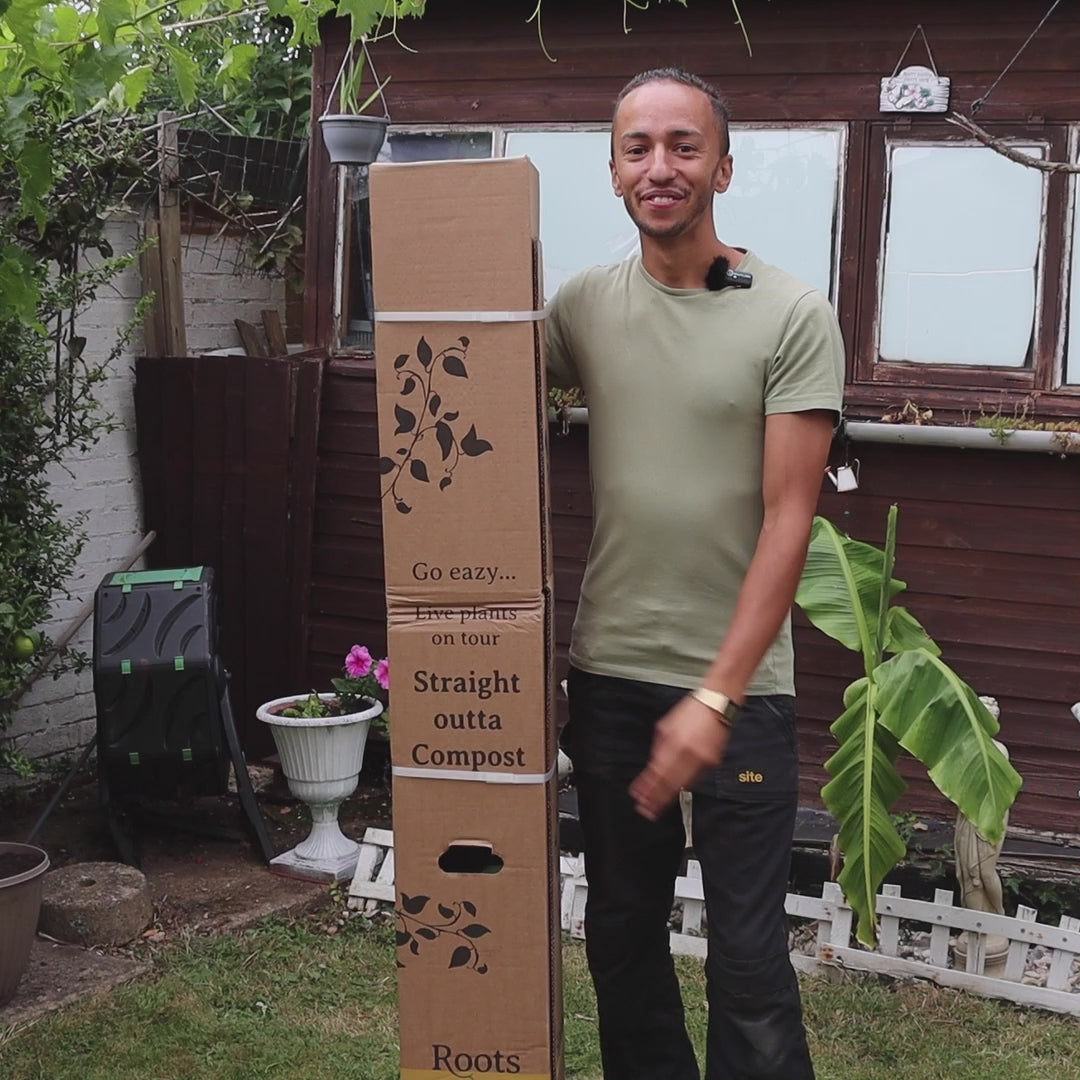
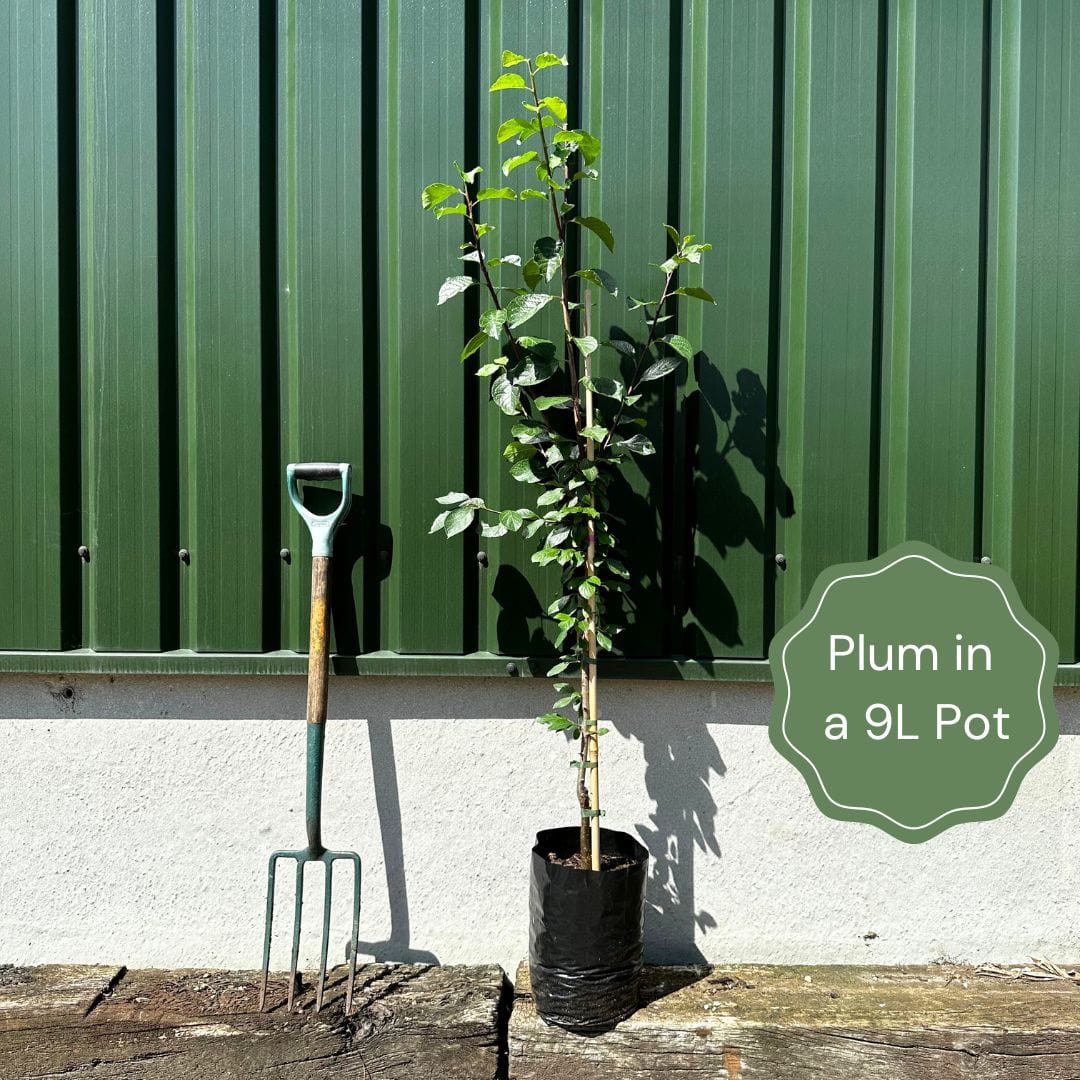
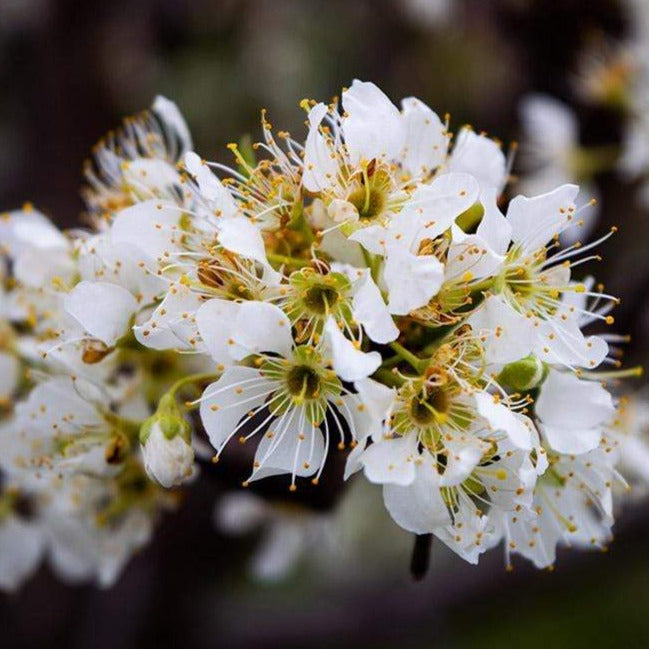
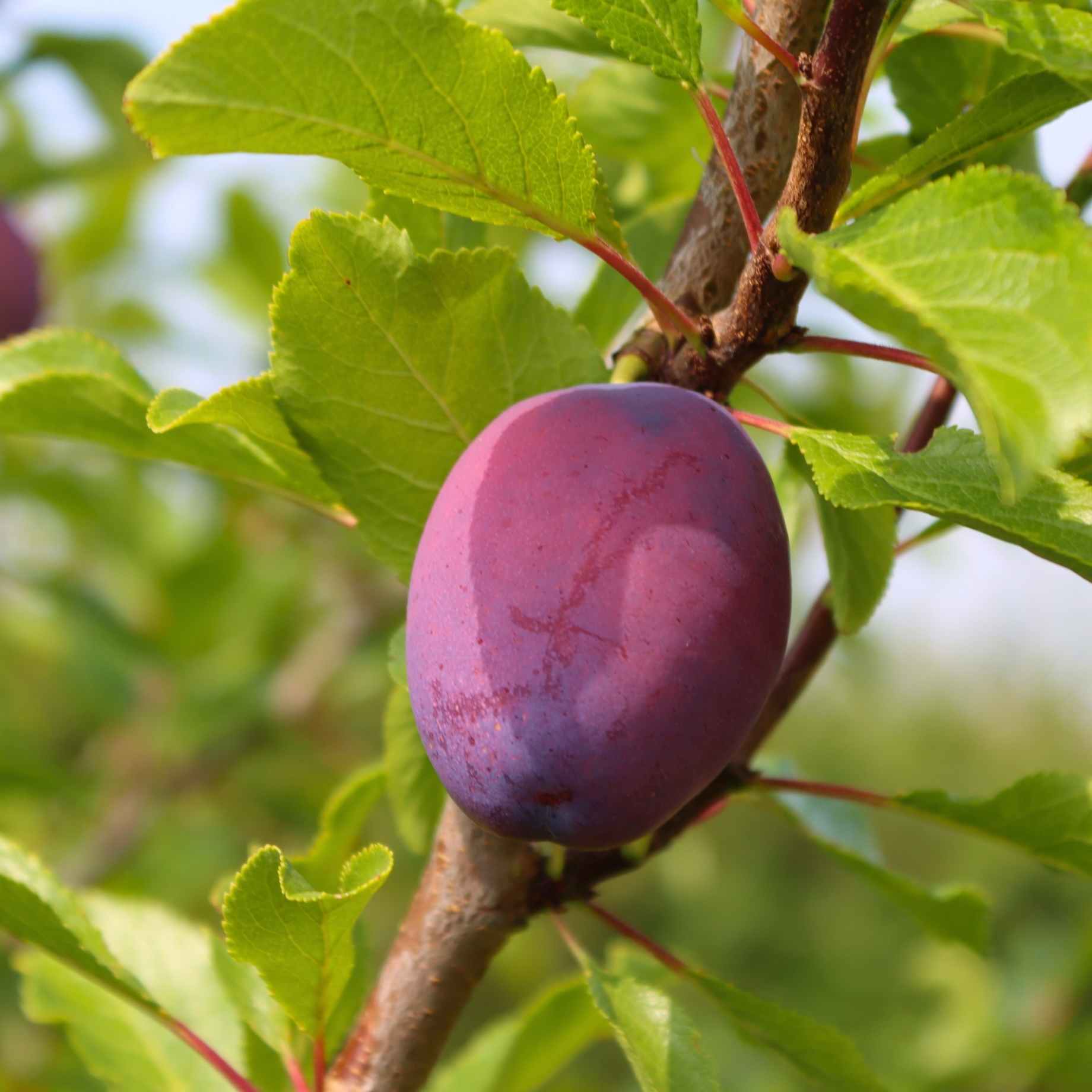
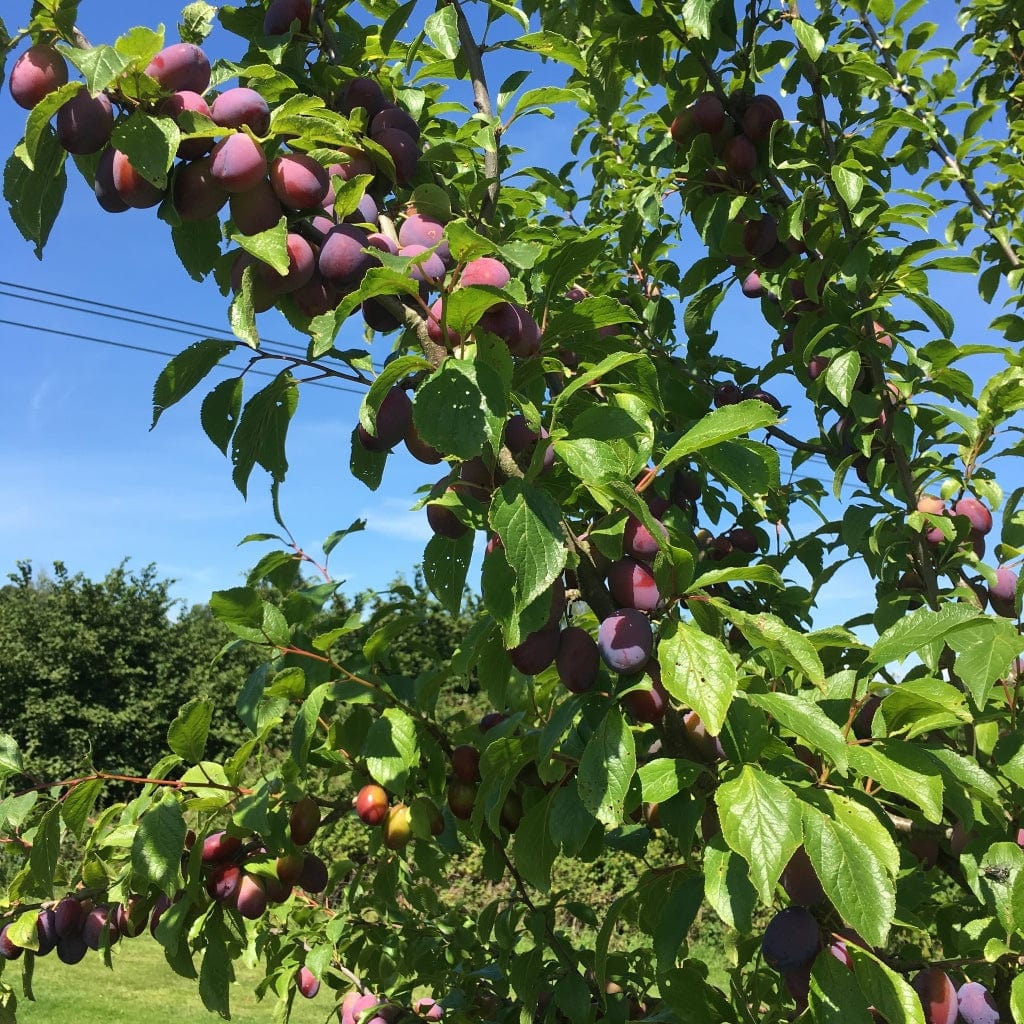
The Highlights
- 'Victoria' plum is head tree grower John's top recommendation. Without hesitation. "It's by far the best plum, if not fruit tree... ever". He says, "It's just so easy to grow and bears an enormous load of fruit, every year. The plums themselves are always plump, sweet and perfect for making jams with. You very rarely get pest problems and you have a decent length harvest period to look forward to."
- A heritage variety dating back to the Victorian era - it's been loved ever since for its extra large purple fruit with sweet, juicy yellow flesh.
- Dual-purpose plum: lovely eaten fresh but great for cooking too - the perfect excuse to make plum frangipane, tarts and crumble
- Super easy to grow and a prolifically heavy cropper - ideal for beginners
- Happy in most well-draining soils and prefers a sunny site
- Midseason harvest - August
- Self-fertile - will produce good crops without pollination
- Winner of the RHS Award of Garden Merit and Plants for Pollinators status for its benefits to bees
- Our potted trees are supplied in EcoPots™.
- All of our fruit trees are between 18 & 36 months old and will be professionally pruned before dispatching.
-
Rootstocks available:
- SJA Rootstock: Max size H4m x W4m
- Pixy Rootstock: Max size H3m x W3m
- Cordon Trained: Max size H2m x W1m
The Highlights
- 'Victoria' plum is head tree grower John's top recommendation. Without hesitation. "It's by far the best plum, if not fruit tree... ever". He says, "It's just so easy to grow and bears an enormous load of fruit, every year. The plums themselves are always plump, sweet and perfect for making jams with. You very rarely get pest problems and you have a decent length harvest period to look forward to."
- A heritage variety dating back to the Victorian era - it's been loved ever since for its extra large purple fruit with sweet, juicy yellow flesh.
- Dual-purpose plum: lovely eaten fresh but great for cooking too - the perfect excuse to make plum frangipane, tarts and crumble
- Super easy to grow and a prolifically heavy cropper - ideal for beginners
- Happy in most well-draining soils and prefers a sunny site
- Midseason harvest - August
- Self-fertile - will produce good crops without pollination
- Winner of the RHS Award of Garden Merit and Plants for Pollinators status for its benefits to bees
- Our potted trees are supplied in EcoPots™.
- All of our fruit trees are between 18 & 36 months old and will be professionally pruned before dispatching.
-
Rootstocks available:
- SJA Rootstock: Max size H4m x W4m
- Pixy Rootstock: Max size H3m x W3m
- Cordon Trained: Max size H2m x W1m
Care Guide

Excellent Pest and Disease Resistance
Shows excellent resistance to the main pests and diseases for plum trees including cracking. There may still be a need to keep an eye out for aphids and caterpillars, which can both be washed away with soapy water. Birds will eat the plums if given the chance so take steps to prevent this like using a fruit net or bird scarers.MORE

Water in well when planting - read on for ongoing care
Water in thoroughly when planting. For bare root trees, you won't need to water regularly going forward, only water in dry spells when needed. You should be able tell because the leaves will start to wilt and droop. If a container grown tree, it will need more watering until its roots are established. It should be watered every other day or so for the first few months. Then reduce to twice a week until autumn. In the second year it should have a established enough root system to support itself, just water when required as explained above for bare roots. When watering a tree it is important to give a good soaking. It is better to water heavy and less frequently than little and often as this encourages the roots to grow down into the ground.

Full sun
Full sun means receiving direct sun for more than 6 hours each day during the spring/summer

Prefers well drained, loamy soils
Will tolerate less than perfect conditions but may not fruit too well. Will struggle in poorly draining soil.

No need to feed
Don't worry, this isn't a hungry plant so your food bills won't be going up!
For more care tips and ideas visit our Knowledge page
Planting Calendar
- Best time to plant
- Harvest
- Flower









